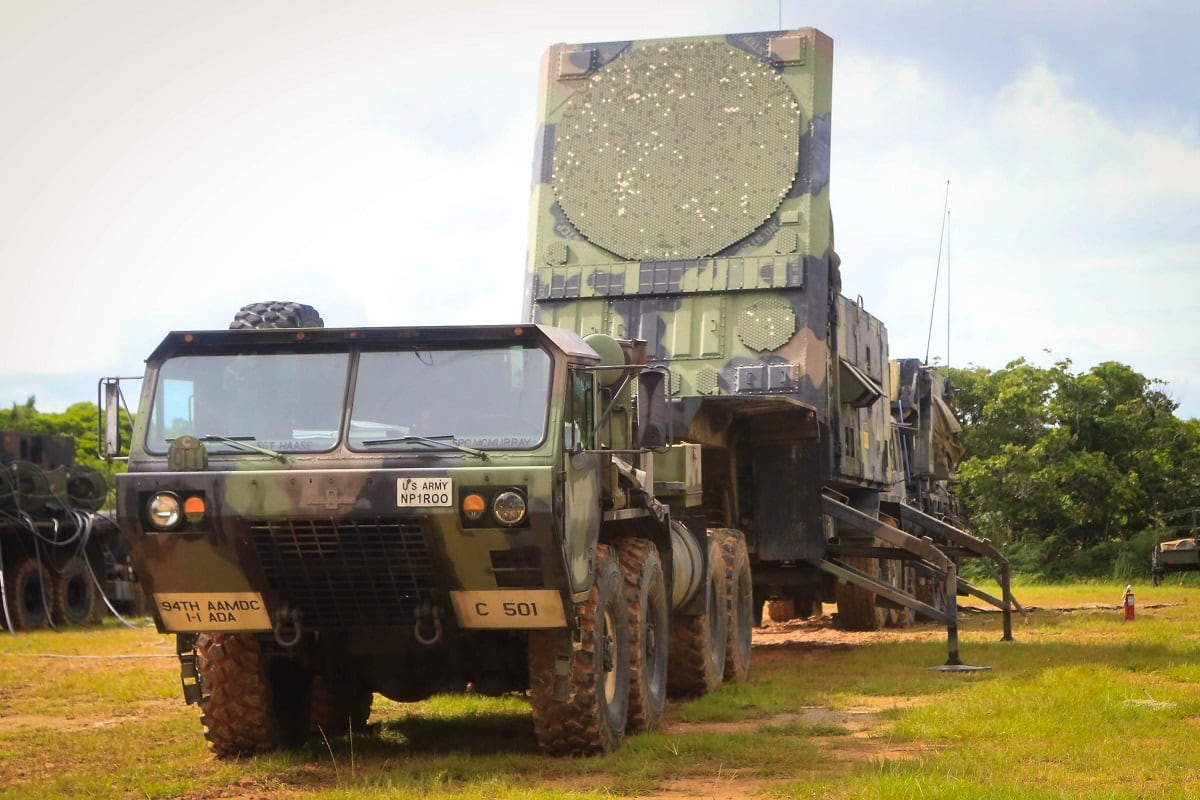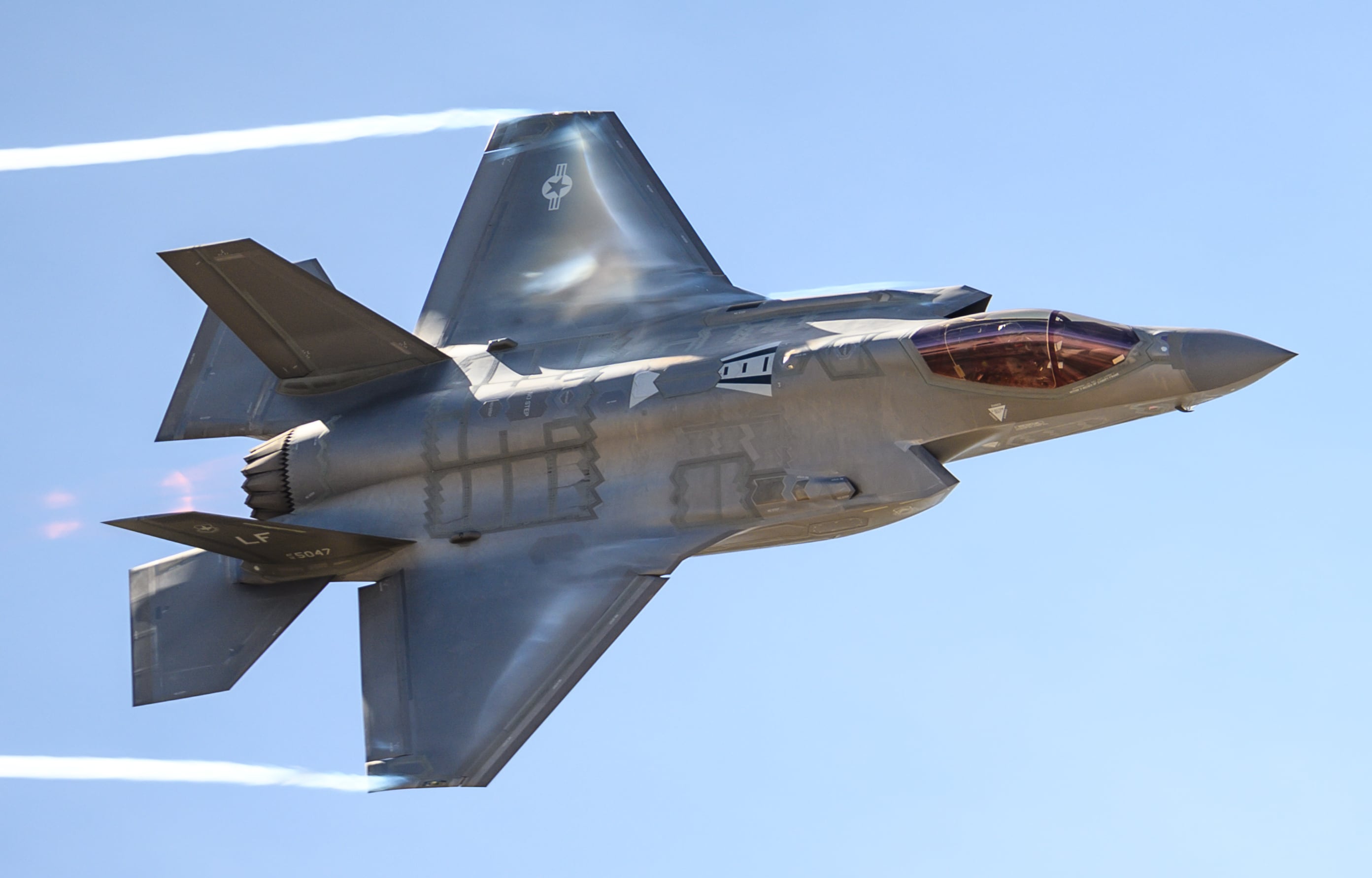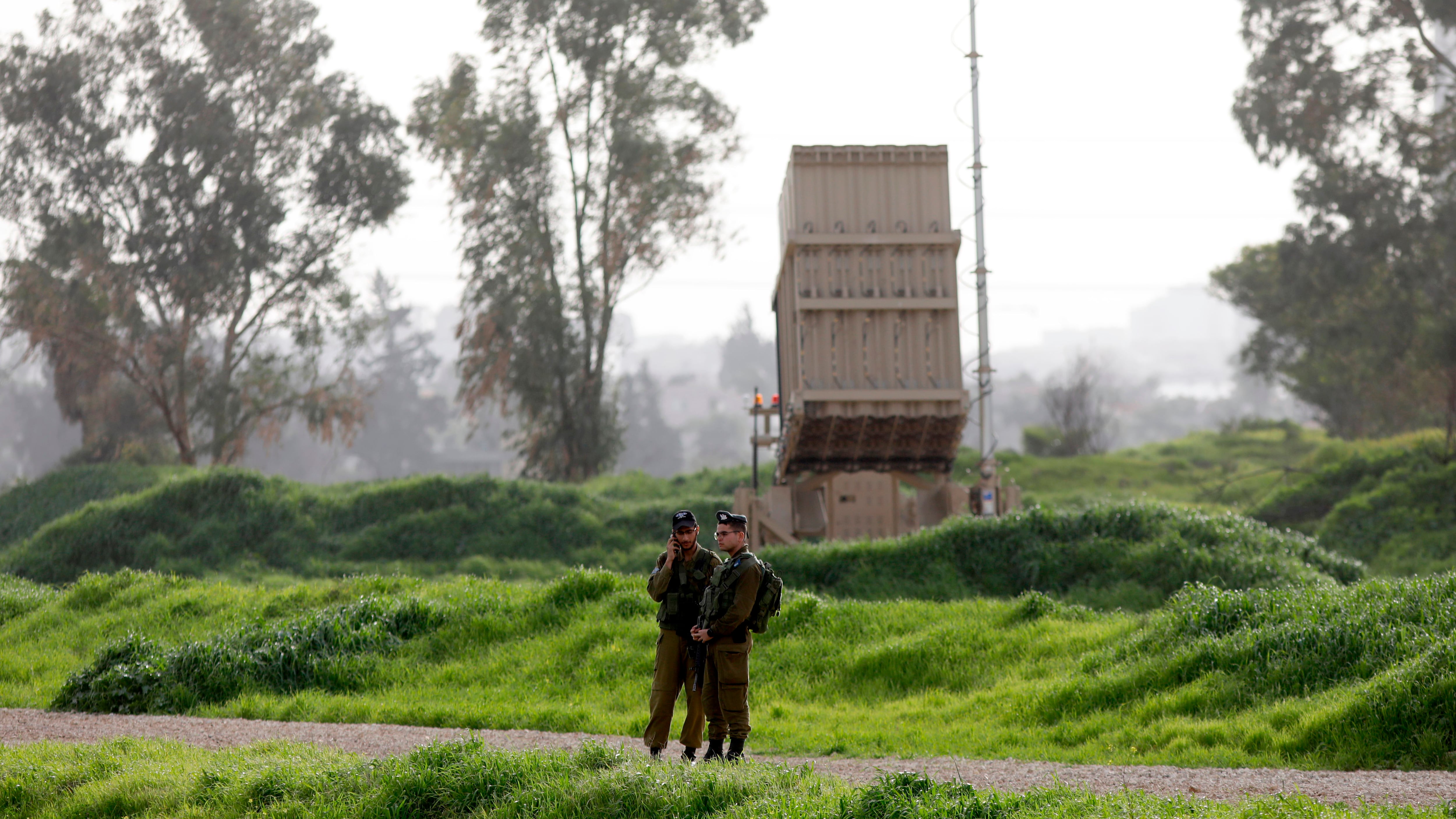WASHINGTON — The Army is nearing a decision on who will build its Lower-Tier Air-and-Missile Defense Sensor, or LTAMDS, which will provide the sensing capability for the future Integrated Air-and-Missile Defense System the service is developing.
The service is planning to award a contract no later than the end of the fiscal year to one of the three vendors that participated in a “sense-off” competition at White Sands Missile Range, New Mexico, over the spring, Daryl Youngman, the deputy director in charge of Army AMD modernization, told Defense News in a recent interview.
According to other sources, that decision is expected next month.
The radar is part of a new AMD system that will replace the Army’s Raytheon-made Patriot system. Raytheon, Northrop Grumman and a Lockheed Martin-Elta Systems team all brought radars to the White Sands sense-off and subsequently submitted proposals for the prototype competition in July.
The winner will build six prototypes by the end of FY22 to prove whether the radar can be built and then fielded to a unit for evaluation. A follow-on contract for 16 additional radars is expected if all goes well.
The plan leaves an opening for other radar solutions to get back in the game if the prototyping effort does not pan out.
RELATED

While the Army has dropped its long-prioritized requirement for a radar capable of detecting threats from 360 degrees, it now seeks a broader baseline requirement to “expand the battle space beyond what the current Patriot radar has,” Youngman said. And the system will ideally have a lot of growth potential baked in, he added.
Replacing the Patriot radar has been a long time coming. The radar was first fielded in the 1980s, and the Army previously attempted to replace the system with Lockheed Martin’s Medium Extended Air Defense System through an international co-development effort with Germany and Italy. But that program was canceled in the U.S. after closing out a proof-of-concept phase roughly six years ago.
Since then, the Army has studied and debated how to replace the Patriot radar while Raytheon continues to upgrade its radar to keep pace with current threats. It is acknowledged that there will come a point where radar upgrades will be unable to keep up with future threats.
Taking years to decide, the service moved forward on a competition to replace the radar in 2017 and chose four companies to come up with design concepts for the capability — Raytheon, Lockheed Martin, Northrop Grumman and Technovative Applications.
Toward the end of 2018, Raytheon and Lockheed were chosen to continue technology development under that program.
RELATED

Defense News first broke the news last fall that the Army was attempting to hit the reset button on the LTAMDS program, deciding to host a “sense-off” to identify available radar capabilities.
While LTAMDS is considered the fourth priority out of four major lines of effort with which the Cross-Functional Team in charge of AMD has defined, it is not because it’s the least important, Youngman noted, but more related to schedule — where the system is in the development and fielding timeline.
The AMD CFT’s top priority is its command-and-control system — the Integrated Battle Command System — for its future IAMD architecture. Limited user testing will occur next spring with a decision to move into production in the fourth quarter of FY20. Manuever-Short-Range Air Defense — or M-SHORAD — is the second priority as the Army . The service is set to begin development testing of its prototypes this fall.
The Indirect Fire Protection Capability (IFPC) Increment 2 program is ranked third as the Army prepares to take receipt of its interim cruise missile capability — two Iron Dome Systems — soon. The Army is in the midst of coming up with a new strategy for the IFPC system that will ultimately defend against rockets, artillery and mortar as well as cruise missiles and drone threats. The IFPC system will have to tie into the Army’s IBCS system as well.
RELATED

Jen Judson is an award-winning journalist covering land warfare for Defense News. She has also worked for Politico and Inside Defense. She holds a Master of Science degree in journalism from Boston University and a Bachelor of Arts degree from Kenyon College.






